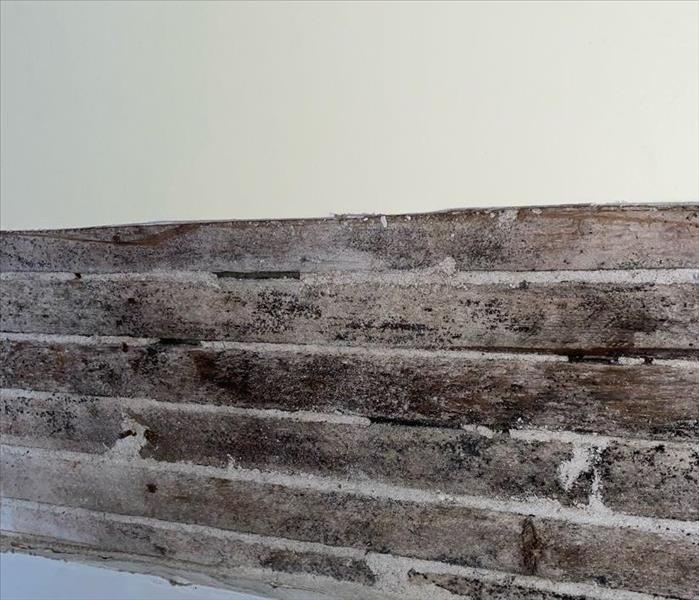Understanding the Different Kinds of Fires and How to Extinguish Them
12/11/2024 (Permalink)
Knowing how to handle different types of fires can make a big difference when it comes to keeping your home safe. Every fire is different, and using the wrong method to put one out can actually make it worse.
Types of Fires
Fires are grouped into different classes based on what’s burning. Here’s a quick breakdown of the most common types of fires you might run into at home and the best ways to put them out.
Class A Fires: Everyday Combustibles
Class A fires are the most common, involving things like wood, paper, cloth, or plastic. These fires often start from things like a tipped-over candle or a fireplace mishap.
Class B Fires: Flammable Liquids and Gases
Class B fires involve flammable liquids like gasoline, oil, or propane. These types of fires are more common in garages, workshops, or kitchens.
Class C Fires: Electrical Fires
Class C fires happen when electrical equipment like appliances, outlets, or wiring catches fire. These fires can be tricky since they’re powered by electricity.
Class D Fires: Combustible Metals
Class D fires are less common in homes and involve metals like magnesium or titanium. You’ll mostly see these in industrial settings or workshops.
Class K Fires: Cooking Oils and Greases
Class K fires are the most common kitchen fires, caused by cooking oils, fats, or greases. According to the National Fire Protection Association (NFPA), cooking fires are the leading cause of home fires, making up about 44% of reported home fires. Most of these are Class K fires, highlighting the importance of having the right extinguisher in your kitchen.
How to Put Out and Prevent Different Types of Fires
- Class A fire
- Water is your best bet for Class A fires because it cools down the flames and stops the materials from continuing to burn. A standard fire extinguisher labeled for Class A use will also work well.
- Keep a fire extinguisher near your fireplace or where you store flammable items like paper or wood.
- Class B fire
- Never use water on a Class B fire. Water can cause the liquid to spread, making the fire worse. Instead, use a fire extinguisher made for Class B fires, or try smothering the flames with a fire blanket or baking soda.
- Always store flammable liquids in the right containers and away from heat.
- Class C fire
- Do not use water—water conducts electricity and could make things worse. Use a Class C fire extinguisher that’s specifically designed for electrical fires.
- If possible, turn off the power to the device or area before using an extinguisher.
- Class D fire
- Special dry powder extinguishers are required for these types of fires. Never use water—it can react with the metals and cause explosions.
- If you work with metals, make sure you have the correct extinguisher nearby.
- Class K fire
- Water can cause oil to splatter and spread the fire, so never use it. Instead, use a Class K extinguisher made for kitchens, or cover the fire with a metal lid or baking soda to smother it.
- Keep a Class K extinguisher near your stove if you fry food regularly.
Be Prepared with the Right Tools
Knowing the different types of fires and how to handle them can keep you and your home safe. Always have the proper fire extinguishers nearby and make sure you know how to use them.
If your home does experience fire damage, SERVPRO of Portland, South Portland and The Sebago Lake Region is ready to help with professional fire damage restoration services to make it "Like it never even happened."






 24/7 Emergency Service
24/7 Emergency Service
